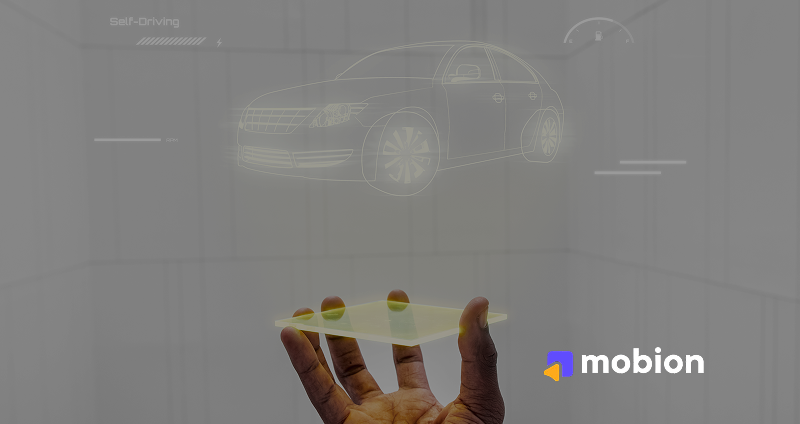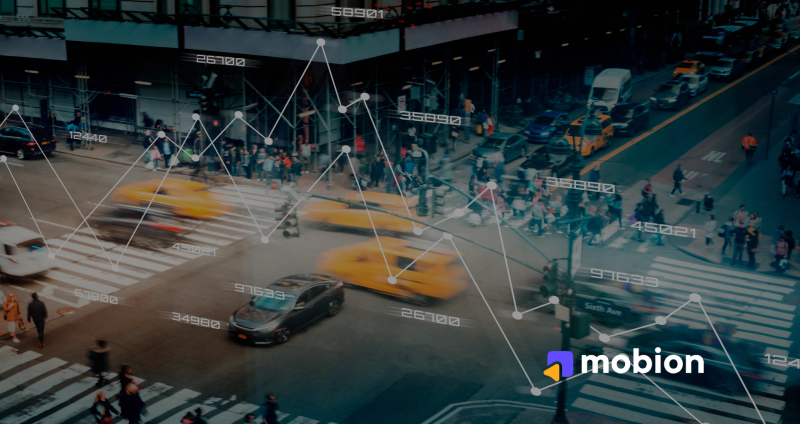The mobility industry is on a rapid evolutionary path, and the transformative changes of 2025 are not a distant
future but a pressing reality. As technological advancements, regulatory shifts, and consumer demands reshape
urban transportation, businesses in the sector must adapt now to remain competitive. For taxi operators and mobility
service providers, the time to leverage modern taxi dispatch systems, optimize operations with taxi operator
software, and utilize white label taxi dispatch software is now. This article explores the key mobility trends in 2025
and provides actionable insights for businesses to stay ahead.
-
The Rise of AI and Automation
Artificial intelligence (AI) and automation are revolutionizing and enhancing the mobility industry.
AI-powered taxi dispatch systems reduce wait times, improve fuel efficiency, and strengthen route optimization.
Automated decision-making enables predictive maintenance, optimizes vehicle usage, and minimizes downtime.
For taxi operators, adopting AI-driven taxi company software ensures more efficient dispatching and increases profitability.
AI is revolutionizing operations and enhancing customer interactions. Chatbots, voice recognition, and AI-driven
virtual assistants provide passengers with instant responses to queries, significantly improving the overall user experience.
By incorporating AI-driven customer support within taxi operator software, businesses can reduce operational costs
and maintain high customer satisfaction. Additionally, AI-backed fraud detection systems help taxi businesses
mitigate risks related to payment fraud and identity verification.
-
The Growth of Electric and Sustainable Mobility
With sustainability becoming a priority, the growth of electric vehicles (EVs) and hybrid fleets is not just a
trend but a commitment to a greener future. Governments worldwide are introducing stricter emissions regulations
and offering incentives for EV adoption. Taxi businesses are not just preparing for this shift but are
actively embracing it by integrating EV-compatible taxi operator software to track battery levels, charging
stations, and energy consumption. The best taxi dispatch software does not just include EV fleet management
features but is leading the way in the transition to sustainable mobility.
Besides EV adoption, businesses must also focus on implementing eco-friendly business models. Carpooling and
shared ride services are becoming increasingly popular as customers seek cost-effective, sustainable travel options.
By incorporating carpooling features within white-label taxi dispatch software, businesses can attract
environmentally conscious customers while maximizing fleet efficiency.
Explore Mobion's corporate admin panel:
https://mobion.tech/products/corporate-admin
-
Expansion of Multi-Modal Transportation
In 2025, mobility will not be limited to taxis alone. The norm is the integration of taxis, ride-hailing, e-scooters,
and public transit into a single platform. Companies should embrace this comprehensive approach by incorporating
white-label taxi dispatch software that supports diverse transportation options. Offering customers seamless
mobility solutions enhances user experience and expands business opportunities.
Explore Mobion solutions: https://mobion.tech/solutions/ride-hailing
Partnering with micro-mobility services can help taxi companies expand their reach to new customer segments.
Integrating taxi dispatch systems with bike-sharing and scooter-sharing platforms allows businesses to cater
to short-distance travelers, thus increasing ride volume and revenue potential. A multi-modal approach also improves
first- and last-mile connectivity, making public transportation more efficient and convenient for users.
-
The Importance of Data and Predictive Analytics
Big data and predictive analytics play an essential role in mobility services. Businesses can make data-driven
decisions by analyzing trip data, customer behavior, and demand fluctuations. Implementing taxi company software
with analytics capabilities allows taxi operators to optimize pricing strategies, reduce idle time, and improve
overall efficiency. Predictive analytics also help demand forecasting, allowing businesses to allocate resources more effectively.
Customer data insights can also be leveraged to create personalized promotions and loyalty programs.
Taxi companies can tailor offers that increase user engagement and retention by understanding rider preferences
and travel patterns. Additionally, real-time data analytics help businesses respond proactively to traffic
congestion, ride demand spikes, and weather conditions, ensuring smoother and more reliable service.
-
Enhanced Customer Experience and Personalization
Customer expectations are higher than ever. Passengers demand seamless booking experiences, real-time tracking,
and personalized services. Best taxi dispatch software integrates AI-driven personalization, offering
tailored recommendations, loyalty programs, and dynamic pricing based on user behavior. By improving customer
engagement through personalized experiences, businesses can increase retention rates and brand loyalty.
Another growing trend is the implementation of gamification elements in taxi apps. Reward-based incentives such
as points, discounts, and referral bonuses encourage repeat bookings and customer loyalty. Enhanced UI/UX design
in taxi operator software ensures a seamless user experience, making it easy for passengers to book rides, make
payments, and leave feedback.
-
Integration of Blockchain for Transparency and Security
Blockchain technology is gaining traction in mobility because it enhances security and transparency. White-label taxi
dispatch software with blockchain integration ensures secure payment processing, tamper-proof ride records, and fair
driver earnings distribution. The decentralization of ride data builds trust among customers and prevents fraudulent activities.
Read more about Mobion Dispatcher system:
https://mobion.tech/products/dispatch-system
Smart contracts powered by blockchain technology can streamline financial transactions, eliminating intermediaries
and reducing costs for businesses and drivers. Taxi companies adopting blockchain solutions can enhance payment
security, enforce fair commission structures, and create an immutable record of ride transactions, ensuring greater accountability.
-
The Shift to Subscription-Based Mobility Models
Subscription-based mobility services are rising in popularity. Instead of traditional pay-per-ride models,
customers prefer mobility-as-a-service (MaaS) subscriptions that offer unlimited or bundled rides.
Taxi operators can leverage taxi dispatch system capabilities to introduce flexible pricing plans, subscriptions,
and corporate mobility packages. This shift not only increases customer loyalty but also stabilizes revenue streams.
Subscription-based models also align well with corporate travel needs. Businesses that frequently require
transportation services for employees can benefit from corporate mobility packages, ensuring reliable and
cost-effective transportation. Integrating subscription features within taxi company software allows for easy
billing, invoicing, and ride management for corporate clients.
-
Compliance with Evolving Regulations
Governments and local authorities enforce stricter regulations to ensure the legality of ride-hailing and
taxi operations. Businesses are not only complying with evolving laws related to driver licensing, vehicle i
nspections, and data privacy but also promoting a safer and more secure industry. Taxi operator software that
automates compliance checks and integrates with regulatory systems is necessary, as is a commitment to avoiding
fines and operational disruptions.
For instance, the best taxi dispatch software includes automated background checks, and driver verification
features that ensure compliance with local safety standards. Automated tax reporting and fare transparency tools
help businesses adhere to financial regulations and maintain a trustworthy reputation.
To remain competitive in 2025, taxi and mobile companies must take proactive measures:
The mobility landscape of 2025 presents both challenges and opportunities. Businesses can stay ahead of the competition by leveraging taxi dispatch systems, adopting cutting-white-liberator software, and more. The future of mobility is innovative, sustainable, and customer-centric—prepare now to lead the industry into the next transformation phase.



